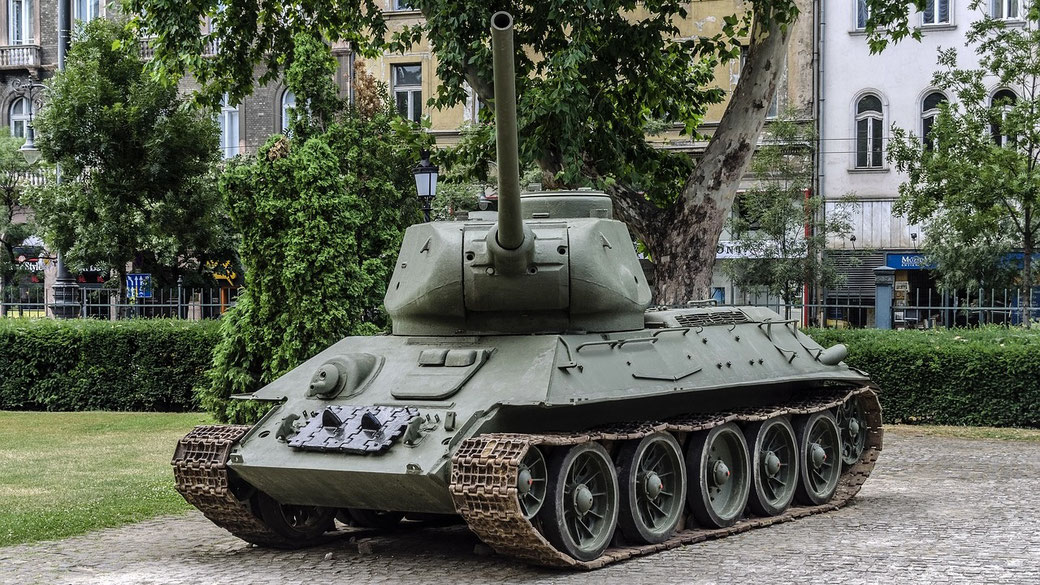The wacky world of Allied deception tactics during WWII

World War II was a time of great turmoil and upheaval, with countless lives lost and nations forever changed. One aspect of the war that often goes overlooked, however, is the use of deception tactics by the Allied powers.
From elaborate ruses to cleverly disguised misinformation campaigns, the wacky world of Allied deception tactics during WWII was a vital component of the war effort.
A massive invasion that never existed
One of the most well-known deception tactics employed during WWII was Operation Fortitude, which was aimed at convincing the Germans that the Allied invasion of Europe would take place in a location other than Normandy.
To achieve this, the Allies employed a variety of tactics, including creating fake armies and diverting attention to other areas of Europe. For example, the Allies created a fictitious army called the First United States Army Group (FUSAG), which was meant to represent a force of over 100,000 men poised to invade Calais, France.
In reality, FUSAG did not exist, but the Germans believed it did and diverted resources to defending Calais rather than Normandy, where the actual invasion took place.
Dead men tell just the right tale
Another notable deception tactic used by the Allies was Operation Mincemeat, which involved planting false information on the body of a dead British soldier in order to mislead the Germans about the Allies' plans for invading Italy.
The body was dressed in a Royal Marines uniform and placed in the sea off the coast of Spain, where it was found by a Spanish fisherman and turned over to the Germans.
The false documents found on the body indicated that the Allies were planning to invade Greece and Sardinia, rather than Sicily, which was the actual target.
Don't let your battle tank float away
The use of inflatable tanks and aircraft was also a common deception tactic used by the Allies during WWII.
These decoys were designed to look like real tanks and planes from the air, and were used to confuse and mislead enemy forces.
Inflatable tanks and aircraft were particularly effective when used in conjunction with other deception tactics, such as creating fake radio signals and troop movements.
Plus many more...
The Allies also employed a variety of less conventional deception tactics during WWII, such as using trained pigeons to deliver messages behind enemy lines, and dropping propaganda leaflets from airplanes to demoralize enemy troops.
One particularly wacky deception tactic involved the use of a device known as the "Ghost Army," which was a unit of artists and engineers who were tasked with creating fake tanks and other military equipment to confuse the Germans.
The Ghost Army would set up elaborate mock battles, complete with sound effects and smoke machines, in order to convince the Germans that they were facing a much larger force than they actually were.
Its significance
The wacky world of Allied deception tactics during WWII was a vital component of the war effort.
Through the use of elaborate ruses, cleverly disguised misinformation campaigns, and unconventional tactics, the Allies were able to mislead and confuse the Germans, gaining a strategic advantage on the battlefield.
While these tactics may seem strange and even comical in hindsight, they played an important role in securing victory for the Allies and shaping the course of history.
What do you need help with?
Download ready-to-use digital learning resources
Copyright © History Skills 2014-2025.
Contact via email
With the exception of links to external sites, some historical sources and extracts from specific publications, all content on this website is copyrighted by History Skills. This content may not be copied, republished or redistributed without written permission from the website creator. Please use the Contact page to obtain relevant permission.





